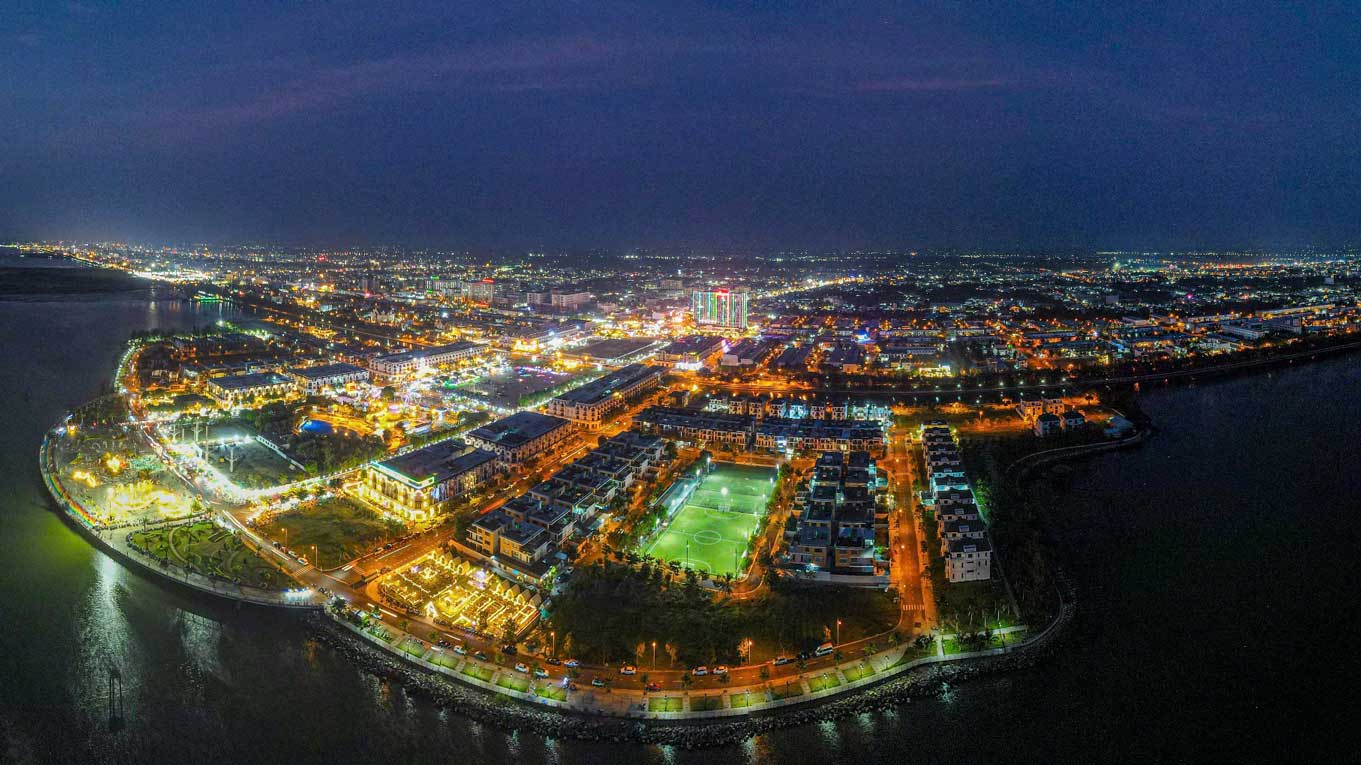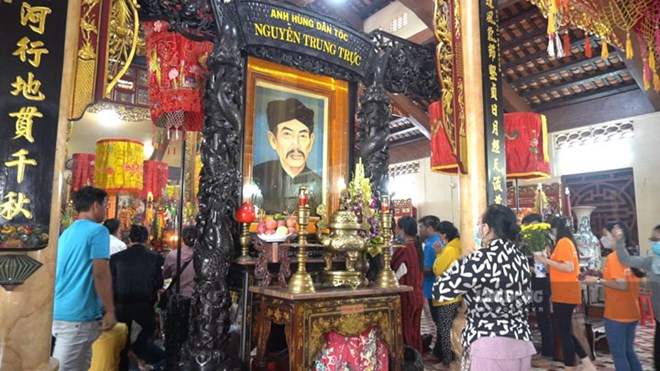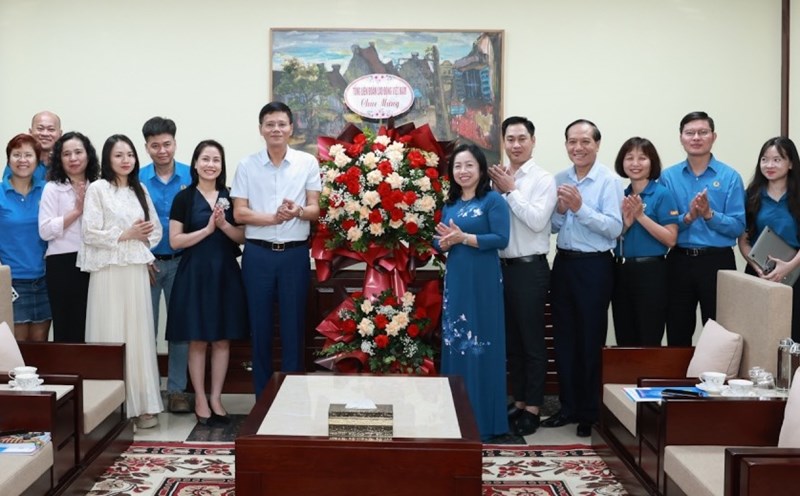After the arrangement of commune-level administrative units, Kien Giang province has 48 commune-level administrative units, including 41 communes, 4 wards and 3 special zones. In which, Rach Gia ward was established on the basis of merging 9 wards including: Vinh Quang, Vinh Thanh, Vinh Thanh Van, Vinh Lac, Vinh Hiep, An Hoa, An Binh, Rach Soi and Vinh Loi of Rach Gia city.
After the merger, Rach Gia ward has a population of 250,661 people, making it the most populous ward in the country. The second place is Di An ward (HCMC) with a population of about 227,817 people.

The total natural area of Rach Gia ward is 45.53 km2, with a population of more than 5,505 people/km2, the provincial center of the new An Giang province.
Previously, the People's Committee of Kien Giang province identified Rach Gia Urban Area as the political, economic, cultural, social and many other aspects of the province. Rach Gia is oriented to develop into a national and international center for tourism services and commercial services. This will be a tourism support center for the key national tourism area of Phu Quoc - Ha Tien - Rach Gia, a green urban center, sustainable development, a smart city responding to climate change...
Rach Gia City has a sea encroachment area to the west to expand the new urban area of hundreds of hectares. This is the first coastal urban area in the country and one of the four dynamic urban areas of the Mekong Delta. Planned as a regional commercial unit, a modern marine economic and fisheries center of the country.

Rach Gia also has a National Intangible Cultural Heritage "Nguyen Trung Truc Dinh Thuong Festival - Rach Gia City, Kien Giang Province" which attracts millions of visitors from all over to worship every year. In 1988, the Ministry of Culture and Information issued a certificate of recognition as a national historical and cultural relic of Nguyen Trung Truc Tomb and Communal House.
If not counting the centrally-governed cities, the new An Giang province is also the province with the largest population in the country with more than 4.9 million people. The natural area of the new An Giang province after the merger is more than 9,888 km2, the population density of the province is about 500 people/km2.
After the merger, the new An Giang province has a total of 102 new commune-level administrative units (85 communes, 14 wards, 3 special zones), a decrease of 196 commune-level administrative units compared to before the arrangement (reaching 65.77%).











